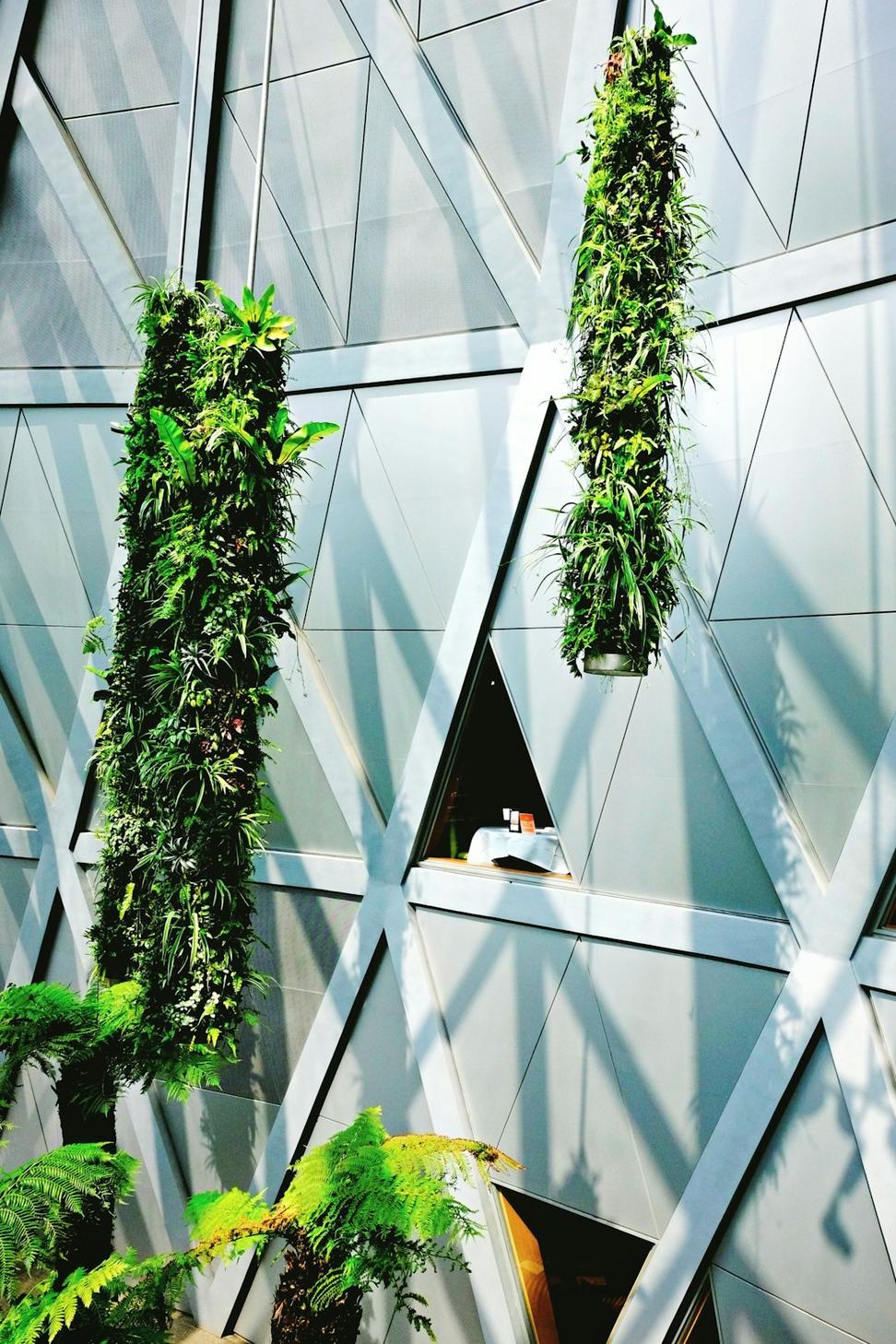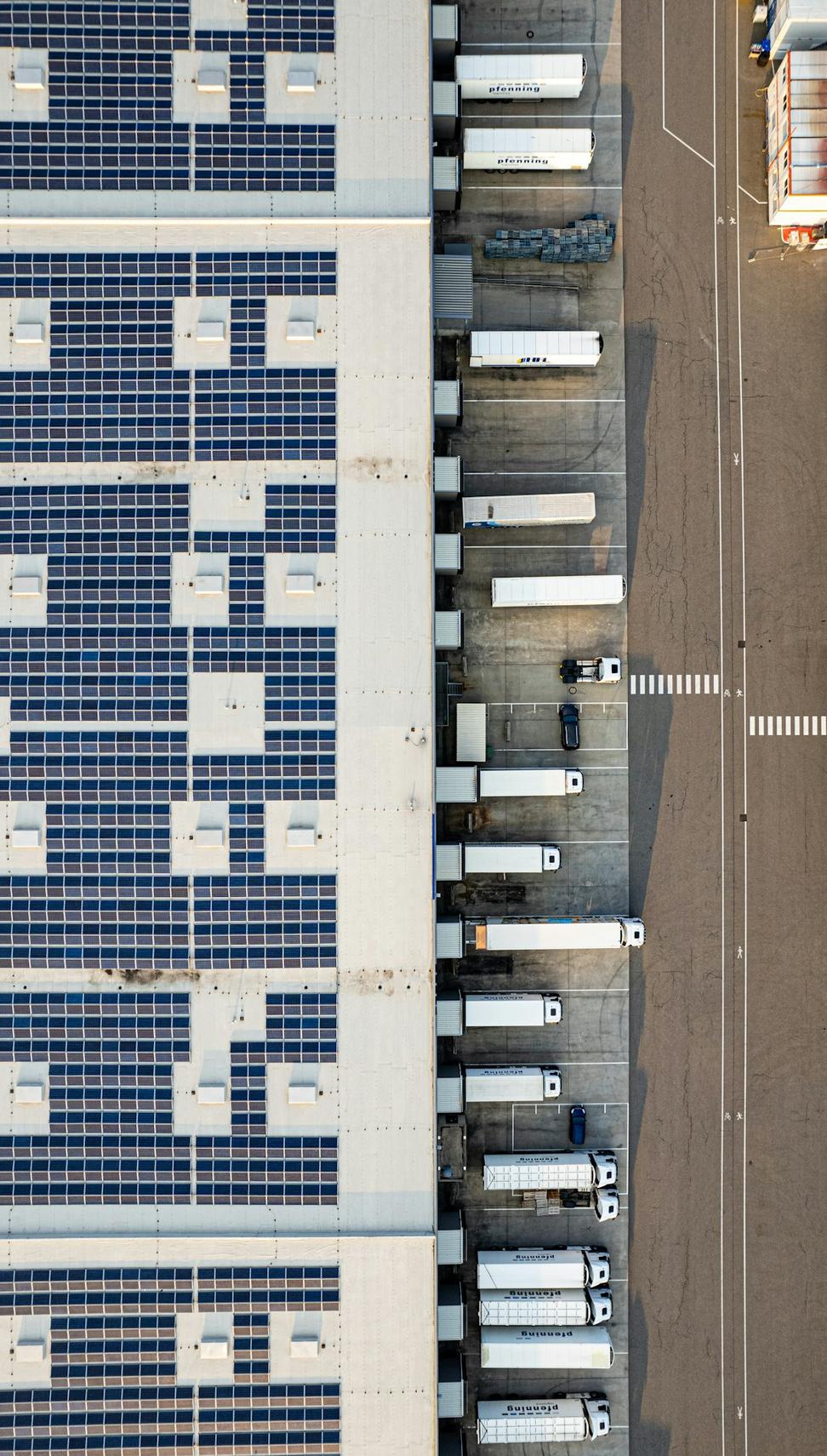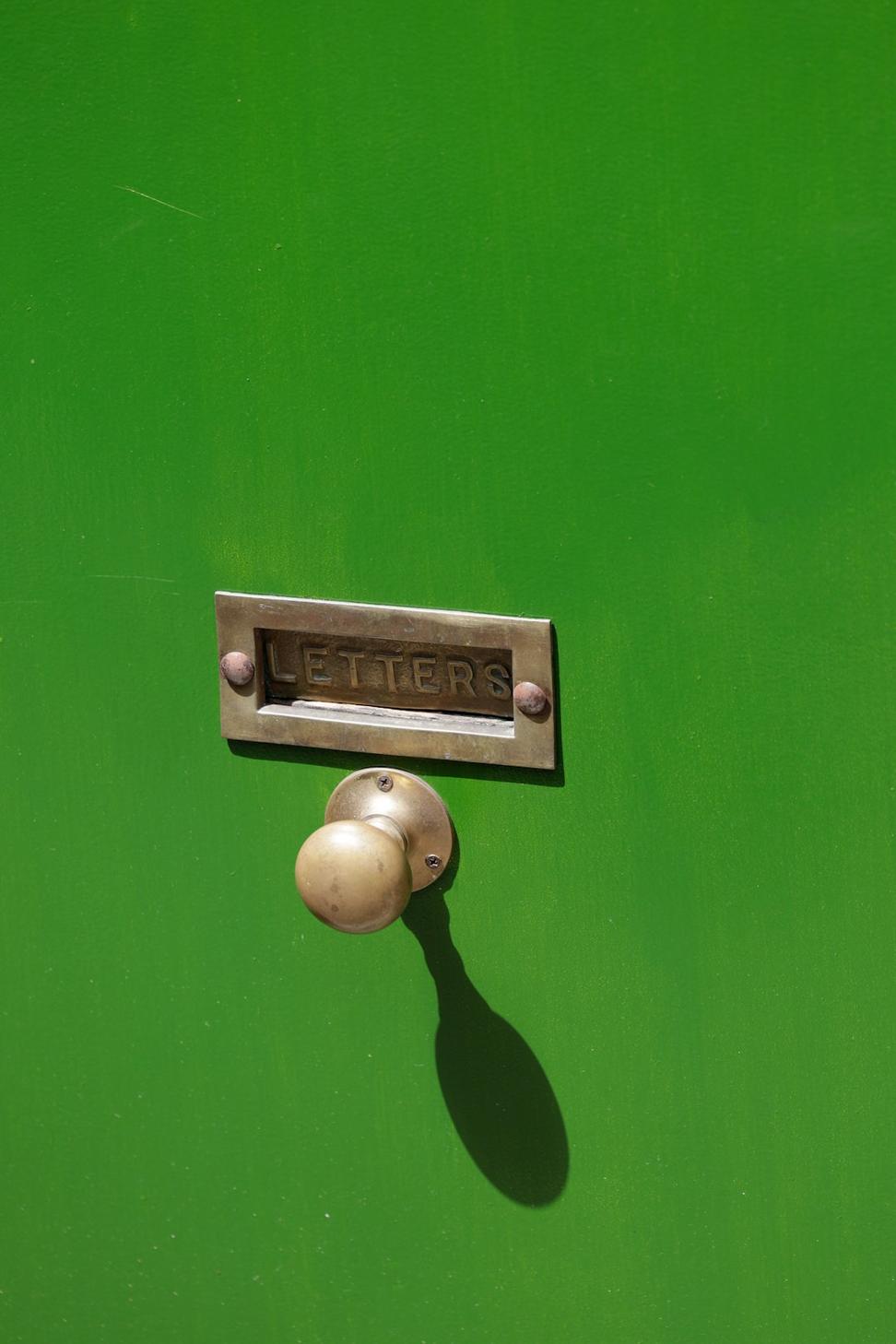Real Numbers From Real Projects
These metrics come from our completed work between 2022-2025. We measure what we manage, and we're always learning.
38%
Average Energy Reduction
vs. standard code baseline42%
Water Conservation
rainwater & greywater systems67%
Materials Locally Sourced
within 800km radius81%
Construction Waste Diverted
from landfills
How We Actually Do This
Site Analysis That Goes Deep
We spend weeks studying solar patterns, wind flows, and local microclimate conditions before we even sketch a concept. Yeah, it takes longer upfront, but it saves everyone headaches later.
Material Selection That Makes Sense
We're not gonna spec some exotic bamboo from halfway across the world when there's perfectly good BC timber right here. Local means lower emissions and stronger community ties.
Energy Modeling From Day One
We run energy simulations throughout the design process - not just at the end to check a box. It's how we catch problems early when they're still cheap to fix.

